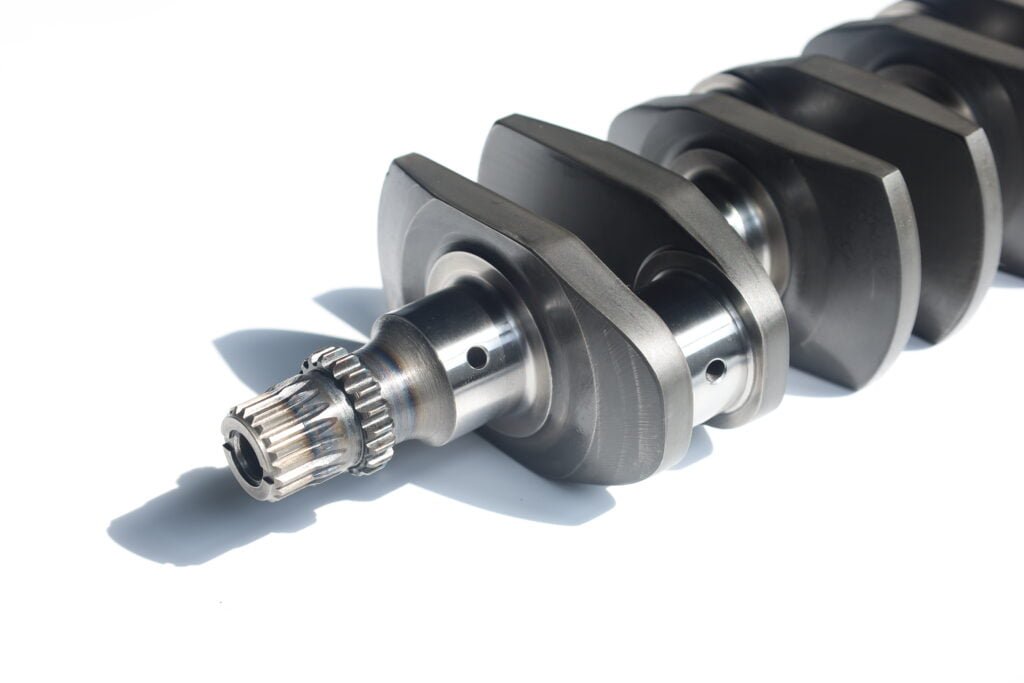The three main types of crankshafts used in internal combustion engines are:
1. Cast Crankshaft:
Manufacturing Process:
Cast crankshafts are made by pouring molten metal (usually cast iron) into a mold to create the desired shape. This process is relatively simple and cost-effective.
Material:
Cast crankshafts are typically made from cast iron. They are known for being economical to produce and are commonly used in many standard production engines.
Strength and Durability:
Cast crankshafts are generally less strong and durable compared to forged or billet crankshafts. They are suitable for standard, everyday driving conditions, but may not be suitable for high-performance or heavy-duty applications.
2. Forged Crankshaft:
Manufacturing Process:
Forging involves shaping a heated metal billet (usually steel) through the application of pressure. In the case of a crankshaft, this process is used to create the desired shape and grain structure.
Material:
Forged crankshafts are typically made from steel. The forging process aligns the grain structure of the metal, resulting in exceptional strength and durability.
Strength and Durability:
Forged crankshafts are known for their high strength and durability. They can withstand high-stress environments and are suitable for high-performance or heavy-duty applications.


3. Billet Crankshaft:
Manufacturing Process:
Billet crankshafts are machined from a solid piece of metal (commonly steel). This involves the removal of material through milling, turning, and other machining operations until the desired shape is achieved.
Material:
Billet crankshafts are typically made from steel, although they can be machined from other metals or alloys as well.
Strength and Durability:
Billet crankshafts are known for their strength and reliability. The machining process allows for precise control over the final product, and they are often used in high-performance and racing applications.
These three types of crankshafts each have their own advantages and are chosen based on factors like the specific application, budget, and performance requirements of the engine. It’s important to consider these factors when selecting the appropriate type of crankshaft for a particular engine build.
The Difference: Billet Forged crankshaft vs. Conventional Cast crankshaft
Three things you need to know about crankshafts
